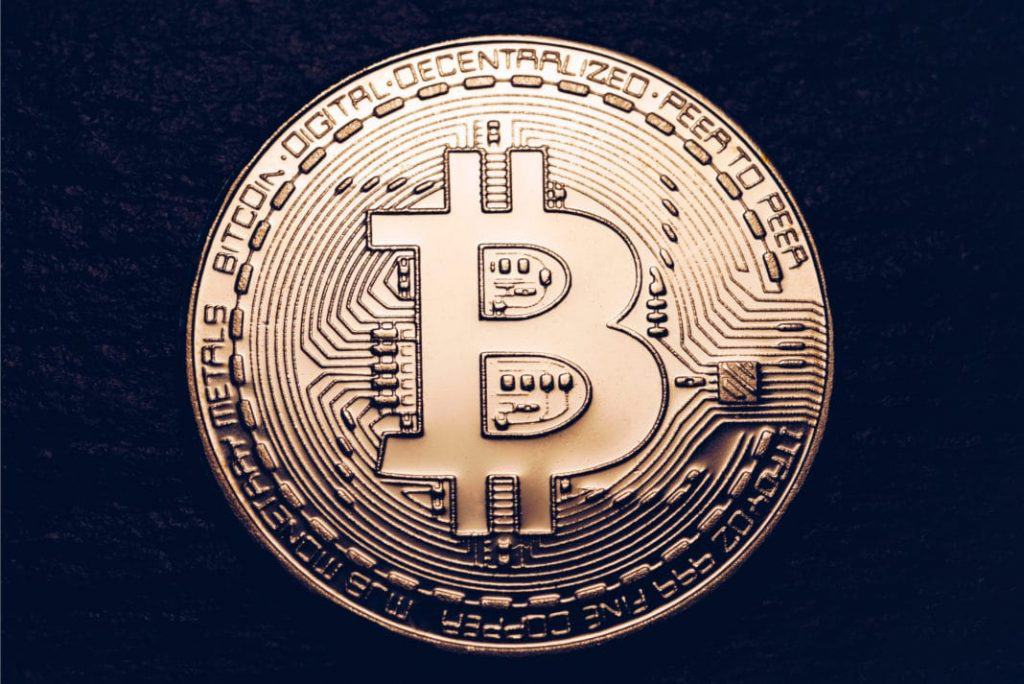
While Bitcoin is regarded as the king of cryptocurrency, it doesn’t beat out Ethereum in every metric. With a robust ecosystem of decentralized finance (DeFi) protocols, play-to-earn blockchain games, and NFTs, Ethereum’s blockchain handles about 5 times the daily volume of Bitcoin.
As a metric of success, generating fees is a double-edged sword. For one, fees show the demand for a blockchain network. If the network were to have less active users, it’d generate less fees. There’s also something to be said that users are willing to spend sometimes north of $100 to interact with a network’s decentralized applications.
However, high fees are also a sign of scalability issues within a blockchain’s network. As Ethereum gains more adoption, investors are priced out of interacting with its blockchain due to high transaction costs. Ethereum plans to migrate to proof of stake consensus in 2022 which should reduce the cost of transactions significantly, but until then investors must rely on layer 2 solutions like Polygon (MATIC) and Optimism to reduce transaction costs.

Litecoin processes transactions in a quarter of the time of Bitcoin. This leads to better scalability and lower fees than its counterpart. With 150,000 transactions and just $2,700 of fees, it’s extremely cheap to use its network. However, Litecoin also facilitates the least amount of transactions per day out of these 3 cryptocurrencies –– and as transactions increase so will the cost per transaction.
On an average day, Bitcoin will generate around $750,000 in fees. In comparison, Ethereum will generate around $44,000,000. It’s expected that Bitcoin won’t facilitate as many transactions as Ethereum; Bitcoin’s current primary use case is to store value, whereas Ethereum acts as a platform for other blockchain use cases to be built upon.
Ethereum is a general purpose blockchain that can settle contract execution and payments online without a central intermediary. Ether, the native token on Ethereum’s blockchain, is spent by DeFi users to interact with on-chain protocols like Uniswap. These applications can earn investors passive income, so users are willing to pay high transaction costs in order to interact with them.
Ethereum has also been the most popular platform for non-fungible tokens (NFTs), and its native currency ETH is used to buy and sell these digital collectibles. The largest NFT marketplace, OpenSea, often accounts for more transaction fees than any other platform on Ethereum.

Recently, Bitcoin’s transaction volume has seen a lull, and it hasn’t surpassed its all-time high volume that was reached in 2017. For the majority of 2021, Bitcoin has processed around 250,000 transactions per day, while Ethereum has processed over 1 million transactions on a typical day. This difference can be attributed in part to the use case of each digital asset, and it’s important to consider that transactions that occur on Bitcoin’s Lightning Network aren’t recorded on-chain. This means Lightning Network transactions aren’t recorded in this data.

Contrary to Bitcoin’s network, Ethereum transaction fees have seen an uptick as NFTs and DeFi see continued adoption. Each day, Ethereum processes about 4 times as many transactions as Bitcoin, and each transaction is much more expensive than that of Bitcoin’s. Layer 2 solutions on Ethereum are gaining in popularity, and these transactions happen off-chain, so they aren’t reported in this data. As Ethereum gas fees continue to rise, there may be slower growth ahead for on-chain ETH transactions.
So, What Does This All Mean?
Transaction volume isn’t indicative of a blockchain’s success, especially considering the different use-cases that Ethereum and Bitcoin offer. Since Bitcoin’s primary use case is to be a store of value, less investors transact in bitcoin. Ethereum, however, is used by investors as a productive asset through blockchain applications, such as Aave, Uniswap and Compound. To use these applications, investors must transact on-chain, leading to a greater number of daily transactions.























